Experts see limited potential for party merger
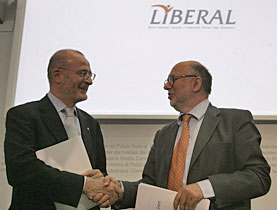
The centre-right Radical Party is to formally merge with the Liberals in a bid to become the strongest political force in Switzerland.
However, analysts say the move is primarily of symbolic value and unlikely to have a major impact on the party political system as key issues remain unsolved.
The Radicals – the third largest group in parliament with two ministers in cabinet – and the small Liberal Party, seek to join forces in October, hoping to attract new voters.
“We respond to expectations that political and social challenges, including the role of a citizen-friendly state, be tackled,” party leaders said on Tuesday.
“Liberalism is popular and we appeal to citizens who believe in liberal values, are committed to the free choice of the individual and self-responsibility,” said Radical Party President Fulvio Pelli.
He hailed the planned merger as a “historic step” and the first of its kind in 30 years.
However, political scientists are still to be convinced of the planned move.
“The planned merger has primarily symbolic value but it fails to address or solve the problems of the Radical Party,” says Georg Lutz of Lausanne University.
He says the party’s profile remains unclear as it is sending out conflicting signals whether it wants to cooperate with the self-styled hardline opposition Swiss People’s Party or whether it is a governing party.
“It could at best be seen as a step towards a consolidation of the political system.”
Damage limitation
Michael Hermann of Zurich University is no less critical of the merger.
“Both the Radicals and Liberals have been losing support on a massive scale and they are desperate to keep their share of the vote,” he said.
A split rather than a merger would be more promising to extend their electorate, according to Hermann.
For his part Lutz expects the merger to have no impact on parliament or on the party-political system at large because the Radicals and Liberals have already been cooperating in parliament for the past five years.
“For the moment I cannot see a Radical Party policy line which promises to bring new voters.”
He also wonders whether it was a clever move by their president to announce his resignation three years ahead of the next parliamentary elections in 2011.

More
Radical Party
Other parties
The new party wants to remain open to further possible candidates who are committed to liberal political values.
But it is not actively seeking close cooperation with the breakaway liberal factions of the rightwing Swiss People’s Party or the centre-left Green Party.
Lutz says the new Conservative Democratic Party or the Liberal Greens are not significant enough on a national level.
“The real question for the Radicals and the other main centre-right forces is how and whether they can forge alliances amongst themselves,” says Lutz. He adds there is hardly room for four political parties with similar profiles.
swissinfo, Urs Geiser
The centre-right Radical Party is the third largest party in parliament. It has 43 seats in the House of Representatives and 12 in the Senate.
The Liberal Party which traditionally has strongholds in the French-speaking part of the country and in Basel has four seats in parliament.
Historically the Liberals with a slightly more conservative slant split from the Radicals in 1913.
Both groups have been cooperating closely in parliament since 2003.
The rightwing People’s Party, which won 28.9% of the vote in 2007, is the largest of the four main parties in Switzerland.
However, several parliamentarians and two cabinet ministers joined a rival group, the Conservative Democratic Party, in a row over the hardline policy style of the former Justice Minister Christoph Blocher.
The centre-left Social Democrats took about 19.5% while the Radicals and the centre-right Christian Democrats won 15.9% and 14.5% respectively.
The Greens won about 10% of the vote and have 22 seats in parliament, while the Liberal Greens hold four seats.
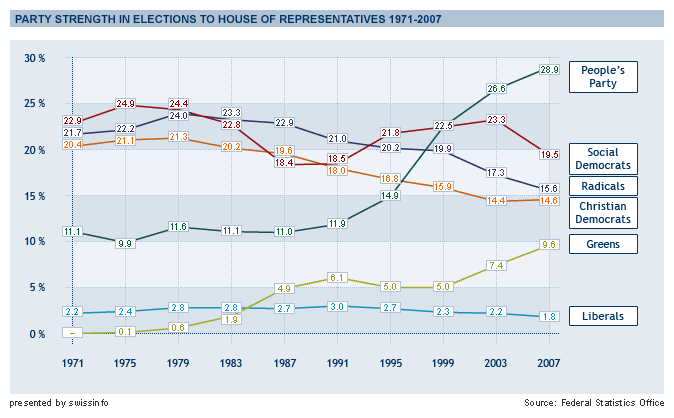

In compliance with the JTI standards
More: SWI swissinfo.ch certified by the Journalism Trust Initiative

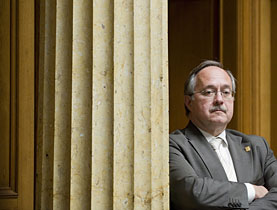
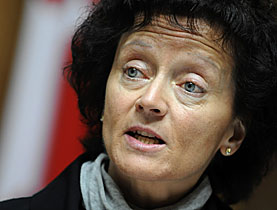
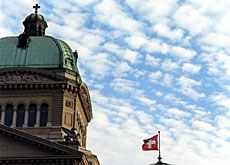
You can find an overview of ongoing debates with our journalists here . Please join us!
If you want to start a conversation about a topic raised in this article or want to report factual errors, email us at english@swissinfo.ch.